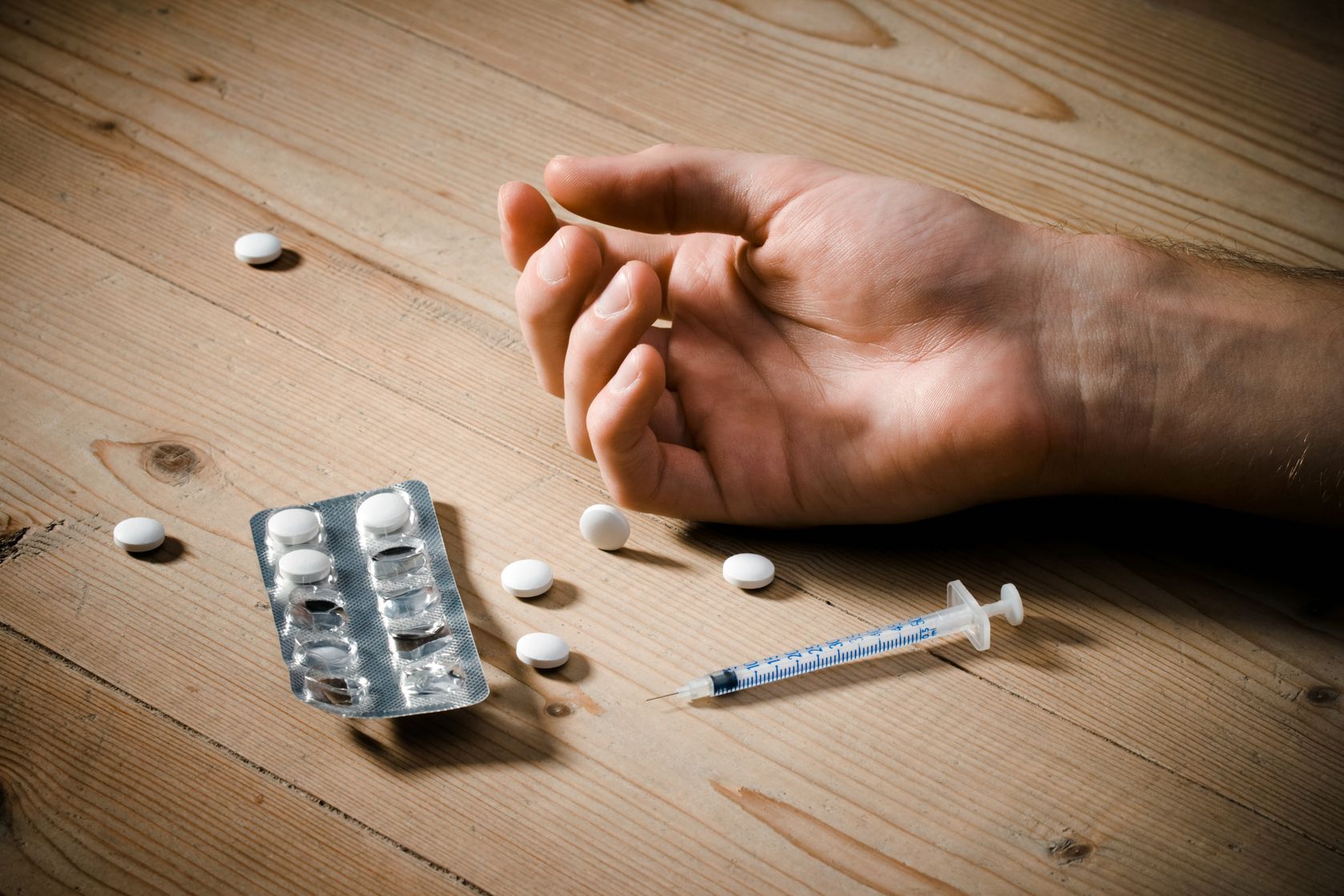
A recent study conducted by Srinagar based Institute of Mental Health and Neuroscience (IMHANS) in a Drug De-addiction centre in Srinagar, found that over two-third of patients in the study had started substance abuse in the age group of 11-20 years. The most common substances of abuse identified included nicotine (94.4%), medicinal opioids (65.7%), cannabis (63.6%), benzodiazepines (45.5%), other prescription medications (43.4%), alcohol (32.5%), inhalants (11.1%), and cocaine (7.5%). The study revealed that poly-substance abuse was found in 91.9% of the studied patients. Inhalant use was seen predominantly among adolescents (54.5%) whereas nicotine (50.2%) , cannabis (49.2%), alcohol (51.1%), opioids (58.4%), and benzodiazepines (53.48%) were more predominant in the age group of 21 to 30 years. According to a survey conducted by the Ministry of Social Justice and Empowerment (MoSJE) in February 2019, 600,000 people, i.e. 4.6 percent of the total population of Jammu and Kashmir use opioid drugs, 80 percent of the drug addicts in Kashmir use heroin and morphine.
The problem of drug abuse not only affects the physical, mental and social health of the individuals but it disturbs and burdens the whole family. It also gives great threat to family happiness and creates individual, family, economic and social disorganization.
The Kashmir disputes such as political turmoil, armed conflict, Militancy, violence, terrorism, psychological distress, unfavorable environmental conditions and rapid socio-economic problems like poor industrial and infrastructural development, massunemployment, corruption, poverty, underdevelopment etc. have leading a rising number of drug addicts in Kashmiri society.The use of tobacco, charas, Ganga, cocaine, heroin, opiates cannabis, alcohol and inhalant substances etc. has been growing rapidly among the adolescents in Kashmir. The use of these illicit drugs posing a big threat to humanity,by deteriorating adolescentsmentally and physically, damaging family relations, spoiling potentiality, dreams, degrading the social and moral values and becoming a hindrance in shaping their career as well as progress and development of the societies
The measures of drug abuse are critical, because drug use, at its core, is a health issue. Unless we reduce demand for illicit drugs, we can never fully tackle cultivation, production or trafficking. Governments have a responsibility to counteract both drug trafficking and drug abuse, but communities can also make a major contribution. Families, schools, civil society and religious organizations can do their part to rid their communities of drugs. Businesses can help provide legitimate livelihoods. The media can raise awareness about the dangers of narcotics. We can succeed if we reinforce our commitment to the basic principles of health and human rights, shared responsibility, a balanced approach to reducing supply and demand, and universal access to prevention, treatment and support. This will foster communities free of drug-related crime and violence, individuals free of drug dependence who can contribute to our common future and a safer world for all.
It is high time to save our generation from drug abuse and If we do not take concrete steps now, then after some years, the young generation of Kashmir will be destroyed. Police taking action against drug abuse is not enough. We as a society have to act responsibly.
M Ahmad
Follow this link to join our WhatsApp group: Join Now
Be Part of Quality Journalism |
Quality journalism takes a lot of time, money and hard work to produce and despite all the hardships we still do it. Our reporters and editors are working overtime in Kashmir and beyond to cover what you care about, break big stories, and expose injustices that can change lives. Today more people are reading Kashmir Observer than ever, but only a handful are paying while advertising revenues are falling fast. |
| ACT NOW |
| MONTHLY | Rs 100 | |
| YEARLY | Rs 1000 | |
| LIFETIME | Rs 10000 | |










